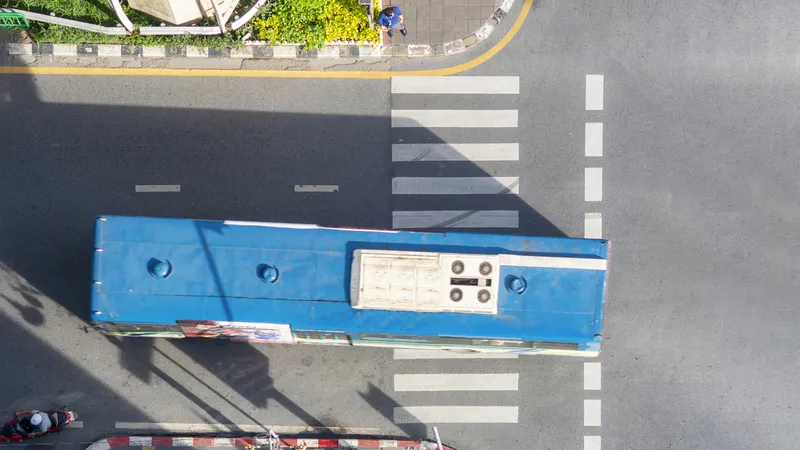Chicago Transit Authority (CTA) is implementing a new technology designed to reduce delays and provide a more consistent and reliable bus service.
The Bus Transit Management System (BTMS) provides real-time monitoring of bus movements and real-time communications between bus drivers and CTA’s control centre. The system will allow buses to more quickly adapt to changing traffic and street conditions, and help avoid the two biggest challenges facing bus service: bus “bunching” and long waits between buses.
May 13, 2015
Read time: 2 mins
The Bus Transit Management System (BTMS) provides real-time monitoring of bus movements and real-time communications between bus drivers and CTA’s control centre. The system will allow buses to more quickly adapt to changing traffic and street conditions, and help avoid the two biggest challenges facing bus service: bus “bunching” and long waits between buses.
Touch-screen terminals on every CTA bus provide improved two-way communication between drivers and CTA’s Communication and Power Control (C/PC), the command centre that monitors all bus and train operations throughout the service region.
The system enables the control centre to better track the location and movement of buses, and quickly convey route or speed changes to operators in order to ensure proper spreading of buses and adherence to schedule when possible. If control centre personnel detect conditions that could lead to a service delay or bus bunching—more than one bus arriving at a stop at or near the same time—they can instruct the driver to adjust the route accordingly.
The control centre can also relay messages to multiple buses about instantaneously.
By later this summer, all of CTA’s approximately 1,800 buses will be equipped with BTMS.










